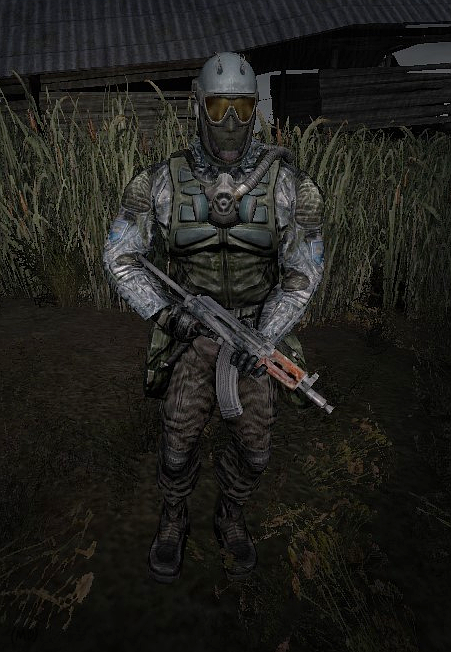

: The fire in the reactor is finally extinguished, having released 6.7 tonnes of radioactive material over 200,000 square kilometres. Radioactivity in the escaping water would be quickly diluted by the river, so although it would not significantly raise exposure levels for people downstream, it could cause panic among the local population.Ģ6 April 1986: Owing to a flawed safety test, Chernobyl’s reactor 4 explodes, scattering debris from the core over a wide area.Ģ7 April 1986: A day after the blast, some 44,000 residents are evacuated from Pripyat, just 3 km from the reactor. Besides causing flooding at the plant, the high water levels in the cooling pond raise the risk that a weak dyke along its east side will burst, which would send water coursing into the Pripyat River.

The pond also contains long-lasting radioactive material such as caesium-137 and strontium-90, which rained down after the explosion. But Chernobyl's pond is actually a vast reservoir covering 22 square kilometres into which water from the reactor cooling systems was discharged. The term 'cooling pond' usually refers to the containers where spent fuel rods are stored until their radiation dissipates enough that they can be put into long-term storage. Alexander Antropov, a Chernobyl veteran with ice-blue eyes and a cool manner to match, is in charge of a project to decommission the pond. The main cause of this flooding is Chernobyl's brimming cooling pond, which artificially elevates groundwater levels in the area.


 0 kommentar(er)
0 kommentar(er)
